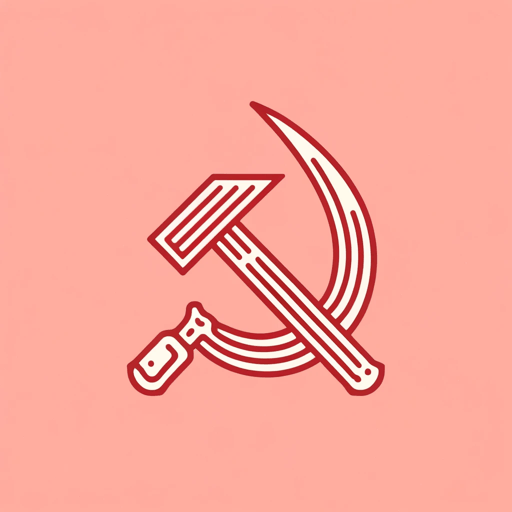45 pages • 1 hour read
Vladimir LeninThe State and Revolution
Nonfiction | Book | Adult | Published in 1917A modern alternative to SparkNotes and CliffsNotes, SuperSummary offers high-quality Study Guides with detailed chapter summaries and analysis of major themes, characters, and more.
Chapters 2-3Chapter Summaries & Analyses
Chapter 2: “The Experience of 1848-1851” - Chapter 3: “Experience of the Paris Commune of 1871”
Chapter 2, Section 1 Summary: “The Eve of Revolution”
Two major Marxist texts, The Poverty of Philosophy and The Communist Manifesto, appeared just before 1848, the year when revolutionary upheaval swept across Europe. Lenin states that these works clearly reflect those particular circumstances in their assessments of the state. Both works affirm the need for a “dictatorship of the proletariat,” whereby the workers become the ruling class within the state.
However, the proletariat needs a state apparatus only to finish the job of the revolution—namely, by suppressing the last remnants of the bourgeoisie. Whereas oppression by the bourgeoisie goes on forever, oppression by the proletariat will end all oppression upon its completion, as it poses the interests of the majority against the “insignificant minority consisting of the modern slave-owners—the landowners and capitalists” (2.1).
Reformers dream of the majority winning by purely peaceful means within the political process, but Marx makes it plain that the proletariat must lead a revolutionary struggle, bringing along the other classes (such as the peasantry) who are also oppressed but lack class consciousness. The proletariat must then seize the apparatus of the state, first to crush the bourgeoisie, and then to reorganize those other classes into a proper “socialist economy” (2.
Related Titles
By Vladimir Lenin


